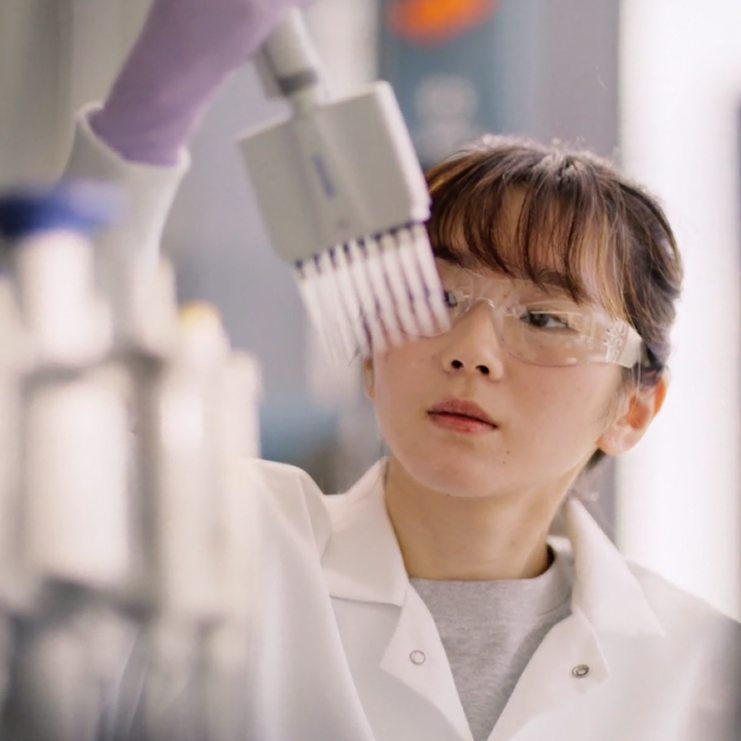Whole-genome sequencing is a comprehensive method for analyzing entire genomes. Rapidly dropping costs and the ability to produce large volumes of data with today’s sequencers make this method a powerful research tool.
DNA sequencing is a highly scalable approach that can be applied to genes, DNA regions of interest, or the entire genome, enabling researchers to investigate and better understand health and disease. Next-generation sequencing (NGS) technology can be used to sequence DNA from virtually any organism, providing valuable information in response to almost any biological question.
Illumina NGS technology uses clonal amplification and sequencing by synthesis (SBS) chemistry to enable rapid, accurate DNA sequencing. The process simultaneously identifies DNA bases while incorporating them into a nucleic acid chain. Each base emits a unique fluorescent signal as it is added to the growing strand, which is used to determine the order of the DNA sequence.


